
In the field of oncology, we are fortunate to possess a vast and ever-expanding trove of knowledge, and we now have a sufficient foundation of knowledge in many cancers to afford ourselves the luxury of striving to seek wisdom as well.

Your AI-Trained Oncology Knowledge Connection!


In the field of oncology, we are fortunate to possess a vast and ever-expanding trove of knowledge, and we now have a sufficient foundation of knowledge in many cancers to afford ourselves the luxury of striving to seek wisdom as well.

The management of rectal cancer in patients with metastatic disease at presentation is highly variable. Although chemoradiation is standard for patients with stage II/III rectal cancer, its role in the metastatic setting is controversial.

Should I give a patient with a carcinoma of unknown primary another dose of a study drug, since she is requesting to continue it? My reading of the trial protocol suggests no absolute restriction on giving another dose of the drug.
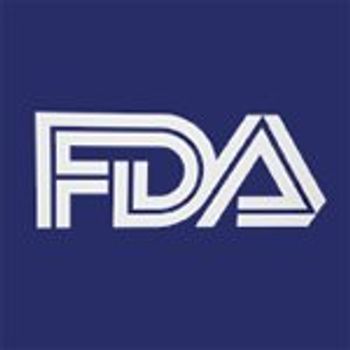
The FDA has approved combined netupitant and palonosetron (Akynzeo) for the treatment of chemotherapy-related nausea and vomiting in patients with cancer.

A new human papillomavirus (HPV) vaccine that protects against nine types of HPV and would protect against about 90% of cervical cancers could be available in 2015.

In a policy statement on the relationship between cancer and obesity, ASCO called on oncologists to integrate obesity prevention and management into patient care.
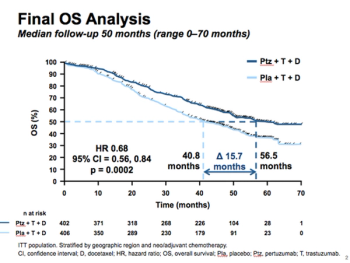
This slide show features some of the top highlights on breast, prostate, and lung cancers to come out of the European Society for Medical Oncology 2014 Congress.


Rolapitant added to granisetron/dexamethasone helped prevented chemotherapy-induced nausea and vomiting in patients treated with cisplatin-based chemotherapy, according to a study at the ESMO 2014 Congress.
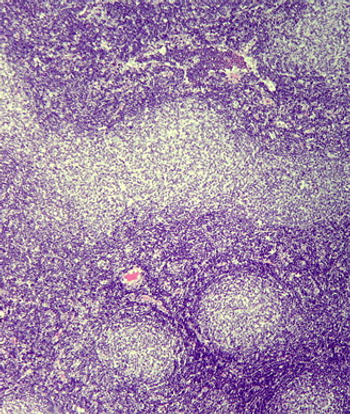
Data from a pooled analysis show that PET-CT provided better response assessment than did CT and predicted inferior survival in follicular lymphoma patients.

Almost three out of every four young oncologists in Europe may be experiencing burnout, according to data from the largest burnout survey conducted to date.

Cancer patients on palliative care wards were more likely to experience a dignified death than patients in other parts of cancer centers, a recent study found.

Adding thoracic radiotherapy to chemotherapy and prophylactic cranial irradiation improved 2-year survival in extensive-stage small-cell lung cancer patients.

A new study found that in cancer patients who smoke, e-cigarette users had greater nicotine dependence, compared to smokers of traditional cigarettes.

Oncologists should be experts at farewells. I often write a note of condolence if I have not made personal contact with the patient or family close to the time of death.
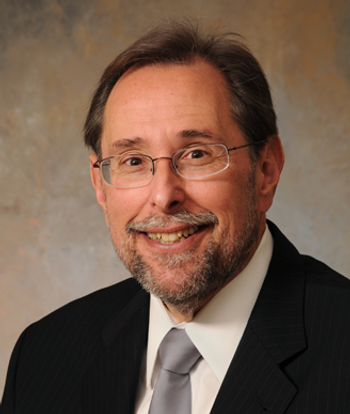
In this interview we discuss the American Society of Clinical Oncology’s (ASCO) health information and patient record initiative called CancerLinQ.

I was recently consulted concerning a patient in the ICU at my hospital with advanced breast cancer, but I soon realized there were much larger issues at stake. This woman is in her 50s and was diagnosed approximately 1 year ago with metastatic triple-negative breast cancer.
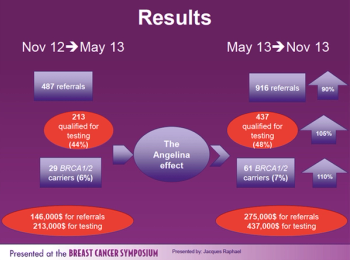
This slide show includes some of the highlights from the 2014 ASCO Breast Cancer Symposium, including an increase in BRCA testing, the Angelina Jolie effect, how to boost screening rates, a link between BRCA mutations and triple-negative disease, and more.

Through its direct mail pieces, print ads, and commercials, my treatment center positions itself as a Shangri-La where all patients bask in the sensitive and professional care of their multidisciplinary team. How very different this picture is from my regular sojourns to the nuclear medicine department in the bowels of the hospital.

Oncologists were among the first practitioners to embrace mobile technologies. We present the top 10 oncology apps for iPhone, iPad, and Android devices.
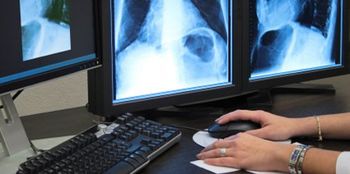
A new analysis of the NLST showed that both the benefits and harms of low-dose CT screening are slightly greater among patients older than 65 years.
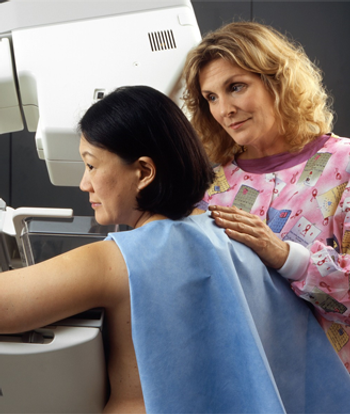
Patients overdue for a screening mammography were more likely to return for an appointment when they received a reminder postcard and a physician signed letter.

Using a simple tool to measure performance status can help physicians predict survival and facilitate end-of-life planning in outpatients with advanced cancer.

When someone states they are “tired,” it prompts follow-up questions regarding activity, sleep, diet, and stress, among other things-just as a complaint of pain leads to where, what kind, and how long.
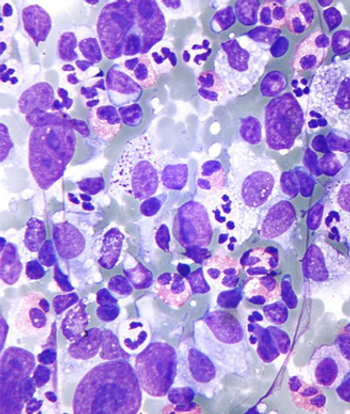
Survivors of Hodgkin lymphoma may be at increased risk of diabetes if they were exposed to radiation to the para-aortic lymph nodes and spleen during treatment.
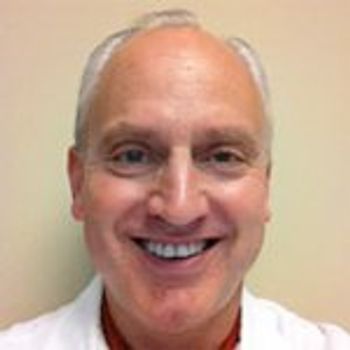
When communicating with the difficult patient doctors are advised to avoid such approaches as snapping, bristling, or even a subtle curling of the lips.

Patients with limited life expectancies often undergo routine cancer screenings despite evidence that they are unlikely to benefit and may experience harm.

The treatment of inoperable stage III non–small-cell lung cancer (NSCLC) remains a challenge due to high rates of distant metastasis, local recurrence, and toxicity associated with definitive therapy.

A large European study found that PSA screening reduces prostate cancer deaths, but that these benefits do not outweigh the harms of overtreatment.

Recently, my treatment center changed the contrast agent patients are asked to drink prior to having a CT. They look and taste the same. So why has the switch bothered me so much?